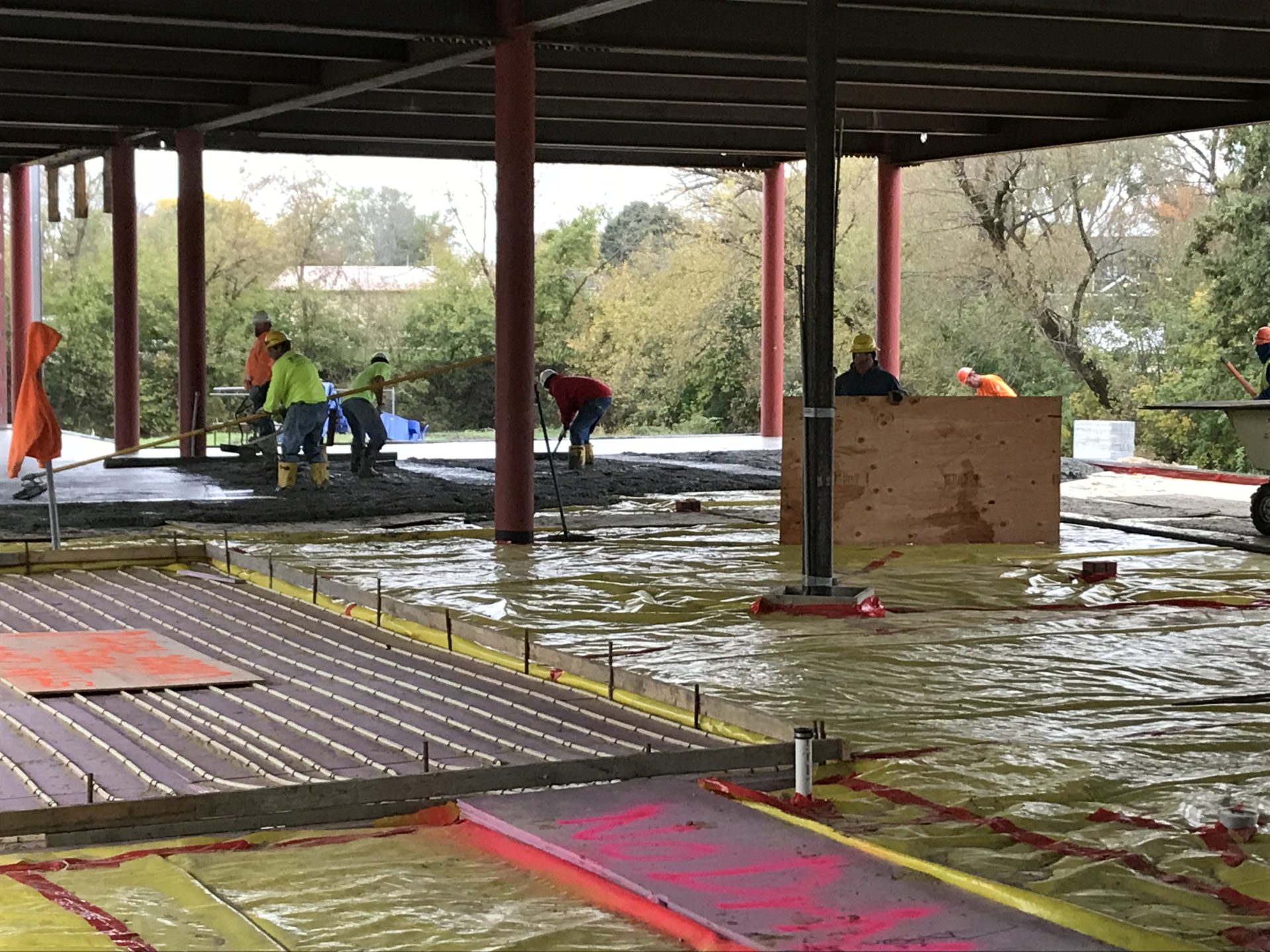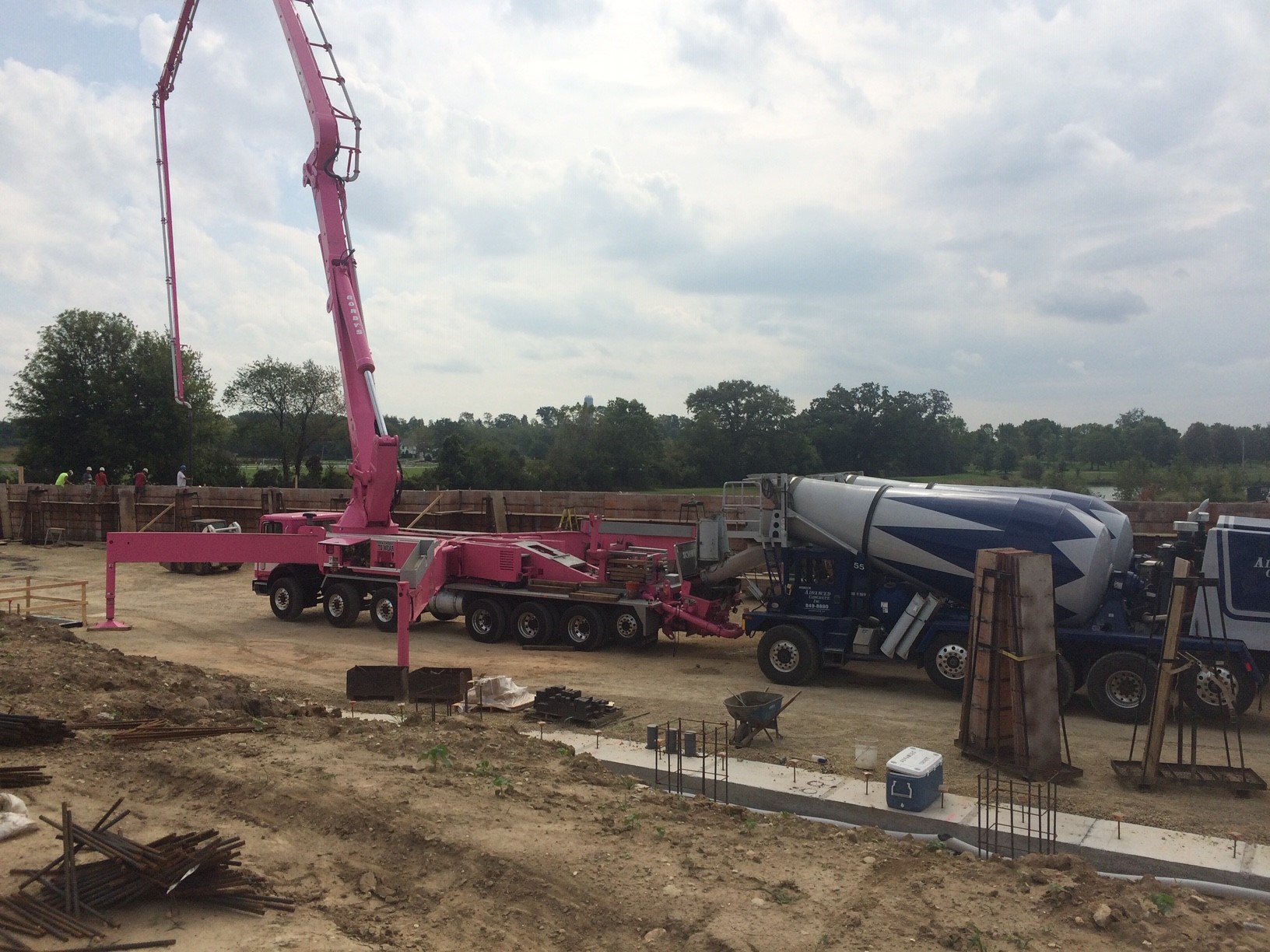The Basics of Cement Slurry
We’ve been in the concrete business for a long time, and cement slurry is one of the most basic forms we use. Its basic mixture is a fine sand, cement and water. The key is finding the best water cement ratio for the job! Sand is an important factor that keeps the cement slurry as fluid as possible while retaining some form of thickness. The end result is a heavy, creamy consistency that can be poured through a chute like the ones found on a mixing truck. Because cement slurry is so smooth it’s a fairly versatile substance and is not only used for lots of different jobs, but around the world.

Cement Slurry Requires Forms

While its fluidity is one of cement slurries most attractive qualities, it also means that forms are required to keep the desired shape as the cement dries. Molds, often created by boards and sheets of plywood, lay out where the concrete will be poured. Rebar is often used to reinforce these forms as the cement slurry is poured.
Let us lay the foundation for your successful project.
Water Cement Ratio Explained
When building a home or working on a jobsite where concrete needs to be poured, an important quality you look for in building materials is their ability to be used in different weather conditions. Many times painters, for example, have to wait for humidity to pass before they can continue their contracted work. This is where the water content in the water cement ratio starts shining! One amazing thing about cement slurry is that once concrete mixes with water, a chemical process begins and more water cannot affect it once the surface is established. This means that as a homeowner, you can pour cement slurry even in the most humid conditions. You can even pour it underwater!

